Eid Al-Adha: Etiquette and Rules
Eid Al-Adha, known as the "Festival of Sacrifice," is a significant Islamic holiday celebrated on the 10th day of Dhu al-Hijjah. This day marks the culmination of the Hajj pilgrimage and commemorates the willingness of Prophet Ibrahim (Abraham) to sacrifice his son Ismail (Ishmael) in obedience to Allah's command. Here are the key etiquettes and rules associated with Eid Al-Adha, based on teachings from the Quran and Hadith.
The Significance of Eid Al-Adha
Eid Al-Adha, also called Yawm al-Nahr (the Day of Sacrifice), is considered by some scholars to be the greatest day of the year.
Allah also swore by this day in the Quran: "By the even and the odd" (Quran 89:3). Ibn Abbas explained, "The even is the Day of Sacrifice, and the odd is the Day of Arafah."
The Prophet (peace be upon him) emphasized the importance of this day and its rituals. He said, "The greatest day in Allah's sight is the Day of Sacrifice and the Day of Rest" (Ahmad). The Day of Rest refers to the first day of Tashreeq, which follows Eid Al-Adha.
On this day, pilgrims perform most of the Hajj rituals, which is why it is also called the "Day of the Greatest Hajj" (Yawm al-Hajj al-Akbar). The Prophet Muhammad (peace be upon him) said, "The best days with Allah are the Day of Sacrifice." The Day of Sacrifice follows the great Day of Arafah and is succeeded by the blessed Days of Tashreeq. All these days are festivals for Muslims. The Prophet (peace be upon him) said, "The Day of Arafah, the Day of Sacrifice, and the Days of Tashreeq are our festivals, the people of Islam, and they are days of eating and drinking."
On the Day of Sacrifice, the pilgrim performs significant rituals:
- Spending the night in Muzdalifah: Engaging in the remembrance of Allah and supplication from after the Fajr prayer until sunrise.
- Ceasing the Talbiyah and starting the Takbir: Combining both Talbiyah and Takbir, which are two great acts of worship.
- Throwing the Jamrat al-Aqabah: The stoning ritual.
- Slaughtering the sacrificial animals: As an act of obedience to Allah.
- Shaving the head: The pilgrim shaves his head and exits the state of Ihram.
- Performing Tawaf and Sa'i: The pilgrim circumambulates the Kaaba and walks between Safa and Marwah.
Key Rituals and Practices
- Eid Prayer: The Eid prayer is a highly emphasized Sunnah, and some scholars even consider it obligatory (wajib). It involves two Rak'ahs (units of prayer) and is typically performed in congregation in open areas or mosques. The Prophet (peace be upon him) used to offer two Rak'ahs without any supererogatory prayers before or after them when performed in an open area (Ibn Abbas)
- Prohibition of Fasting: It is forbidden to fast on the days of Eid. Abu Sa'id al-Khudri reported that the Prophet (peace be upon him) forbade fasting on the Day of Fitr and the Day of Adha (Muslim)
- Sacrifice (Qurbani): This ritual commemorates Ibrahim's willingness to sacrifice his son. After the Eid prayer, an animal is sacrificed, and the meat is distributed among family, friends, and the needy. Allah says, "Their meat will not reach Allah, nor will their blood, but what reaches Him is piety from you" (Quran 22:37).
- Takbir: The recitation of Takbir is a significant Sunnah on Eid. It starts from the night before Eid and continues until the Eid prayer. Ibn Umar used to recite Takbir aloud on the way to the prayer place (Daraqutni)
- Eating After the Prayer: On Eid Al-Adha, it is recommended to delay eating until after the Eid prayer and to eat from the meat of the sacrifice. This contrasts with Eid Al-Fitr, where eating before the prayer is recommended
- Wearing Best Clothes: It is recommended to wear one's best clothes on Eid. Jabir reported that the Prophet (peace be upon him) had a cloak he would wear on Eid and Fridays (Bayhaqi)
- Changing Routes: The Prophet (peace be upon him) used to change his route when returning from the Eid prayer. Jabir reported that the Prophet would take different routes on the day of Eid (Bukhari)
- Congratulating One Another: It is customary to greet each other with phrases such as "Taqabbal Allahu minna wa minkum" (May Allah accept from us and from you). Jubayr ibn Nufayr noted that during the Prophet's time, people would exchange this greeting on Eid (Ibn Hajar)
Days of Tashreeq
The Days of Tashreeq are the three days following Eid Al-Adha. The Prophet (peace be upon him) said, "The days of Tashreeq are days of eating, drinking, and remembrance of Allah" (Muslim) These days are also known for the ritual of throwing stones at the Jamarat, a key part of the Hajj pilgrimage.
Eid Al-Adha is a time for Muslims to reflect on the story of Ibrahim and Ismail, to participate in the communal prayer, to offer sacrifices, and to engage in acts of charity and kindness. By observing these etiquettes and rules, Muslims around the world celebrate Eid Al-Adha with a sense of spiritual fulfillment, gratitude, and community spirit.
Disclaimer
The views expressed in this article are the author’s own and do not necessarily mirror Islamonweb’s editorial stance.

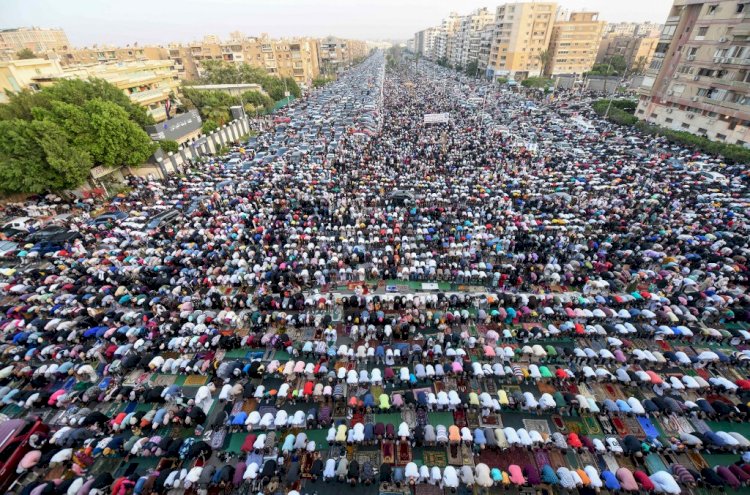


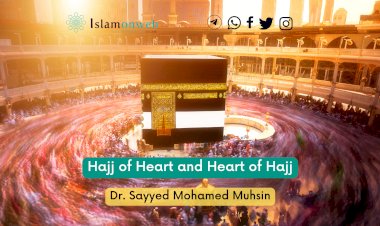
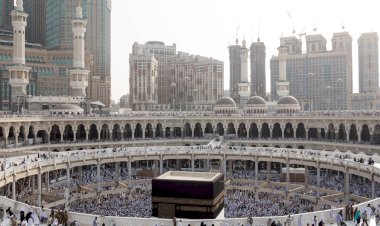
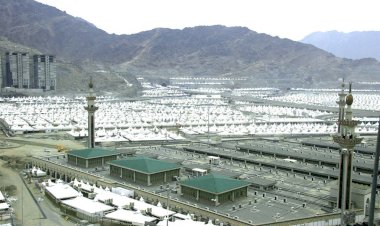
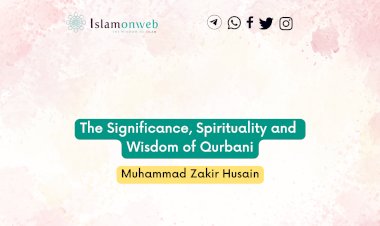
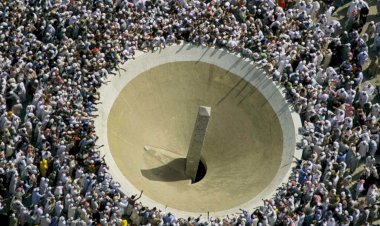
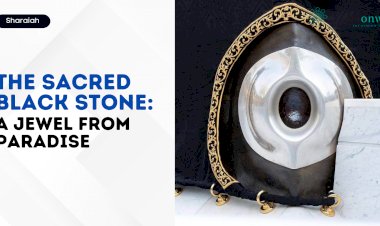














Leave A Comment